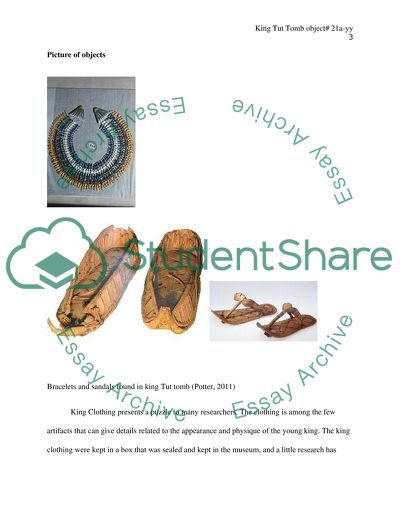Cite this document
(“King Tut Tomb object 21a-yy Research Paper Example | Topics and Well Written Essays - 1250 words”, n.d.)
Retrieved from https://studentshare.org/history/1493143-king-tut-tomb-object-21a-yy
Retrieved from https://studentshare.org/history/1493143-king-tut-tomb-object-21a-yy
(King Tut Tomb Object 21a-Yy Research Paper Example | Topics and Well Written Essays - 1250 Words)
https://studentshare.org/history/1493143-king-tut-tomb-object-21a-yy.
https://studentshare.org/history/1493143-king-tut-tomb-object-21a-yy.
“King Tut Tomb Object 21a-Yy Research Paper Example | Topics and Well Written Essays - 1250 Words”, n.d. https://studentshare.org/history/1493143-king-tut-tomb-object-21a-yy.


